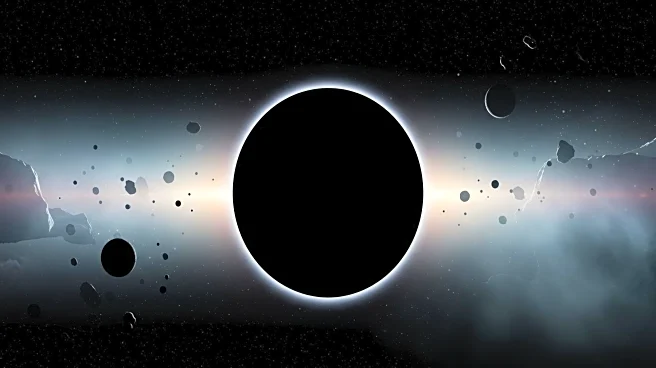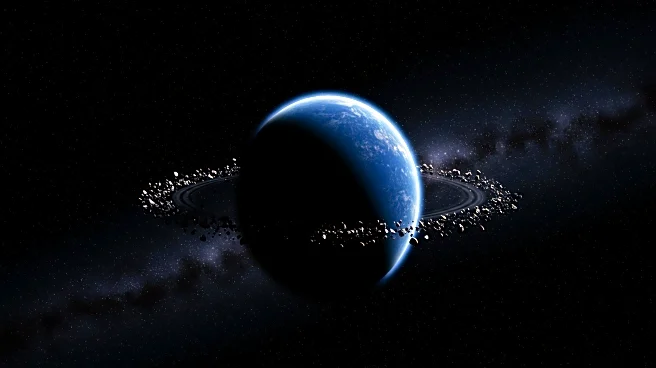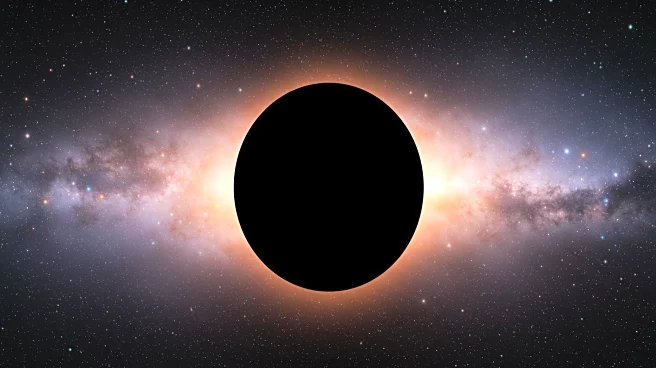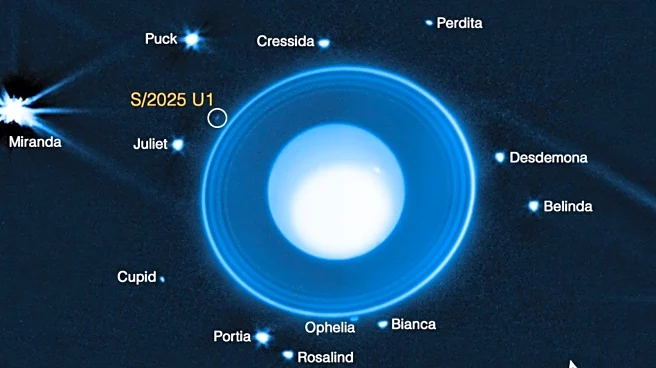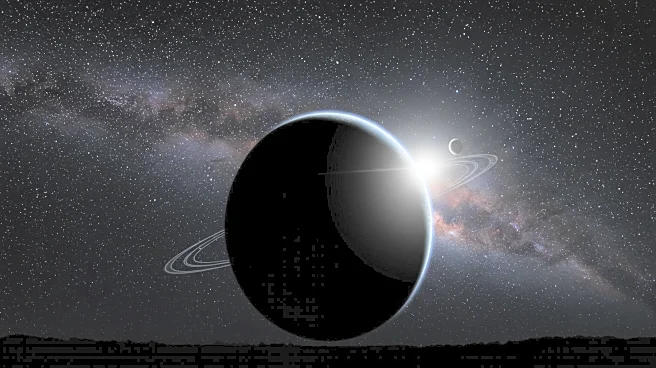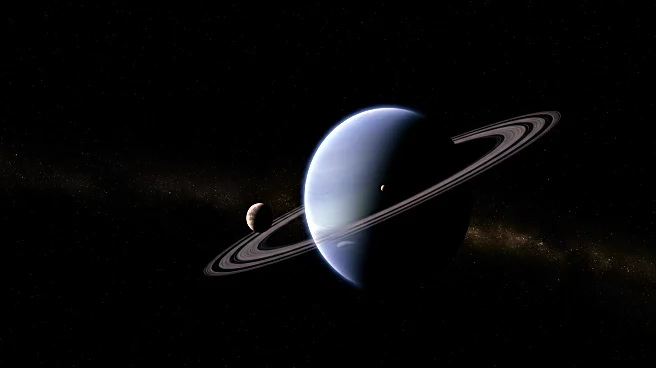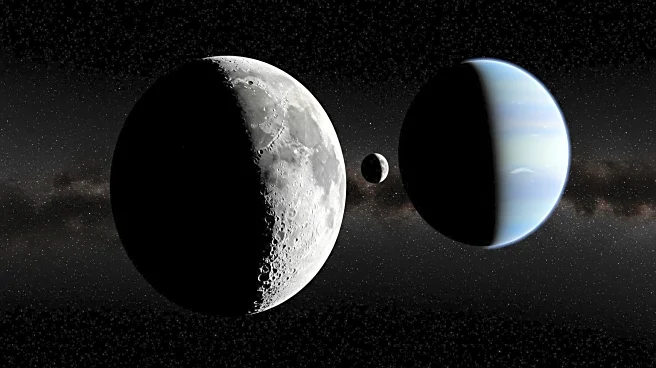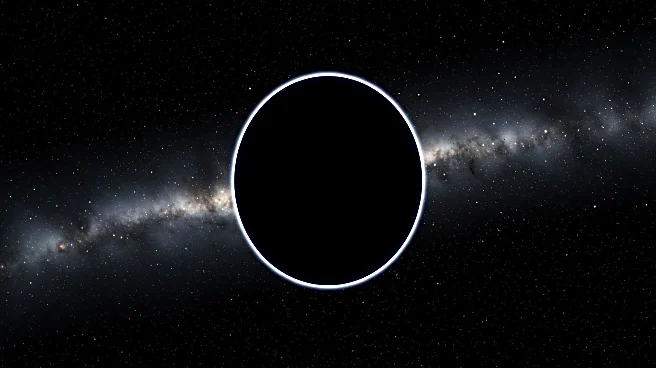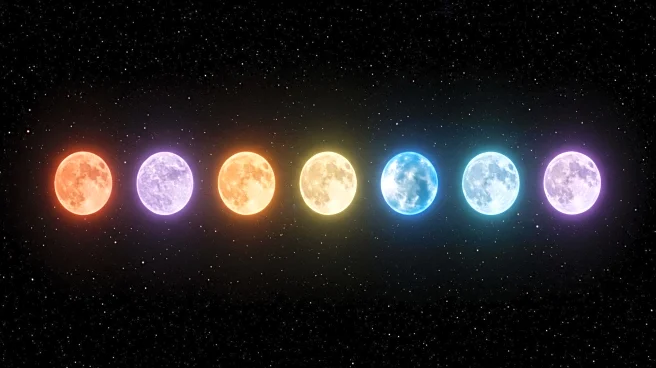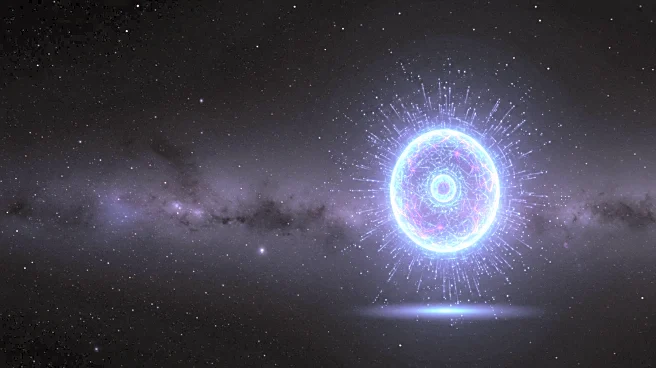What's Happening?
Scientists have proposed the existence of a new planet, dubbed 'Planet Y,' in the solar system, based on observations of a 'warp' in the Kuiper belt. This hypothetical planet is estimated to be between Mercury and Earth in size, orbiting 100 to 200 times farther from the Sun than Earth. The discovery was made while preparing for the search for Planet Nine, another theoretical planet. The study, led by Amir Siraj from Princeton University, suggests that the warp could indicate the presence of a small, rocky world. The findings are set to be published in The Monthly Notices of the Royal Astronomical Society.
Why It's Important?
The potential discovery of Planet Y could significantly alter our understanding of the solar system's structure and formation. It highlights the ongoing advancements in astronomical technology and research, which enable scientists to explore distant regions of space. The existence of such a planet could provide insights into the early dynamics of the solar system and the processes that led to the formation of planetary bodies. This discovery may also stimulate further exploration and study of the Kuiper belt, contributing to the broader field of planetary science.
What's Next?
The Vera C. Rubin Observatory's Legacy Survey of Space and Time (LSST) is expected to begin operations by the end of 2025, potentially confirming or refuting the existence of Planet Y. Scientists worldwide are preparing for the influx of data from LSST, which could reveal new celestial bodies and phenomena. The study of the Kuiper belt will continue, with researchers developing techniques to better understand its composition and dynamics.
Beyond the Headlines
The discovery raises questions about the classification and naming of celestial bodies, as well as the criteria for defining planets. It also reflects the historical context of planetary discovery, reminiscent of earlier eras when new planets were added to the solar system. The potential existence of Planet Y invites reflection on the vastness of space and the mysteries that remain to be uncovered.
